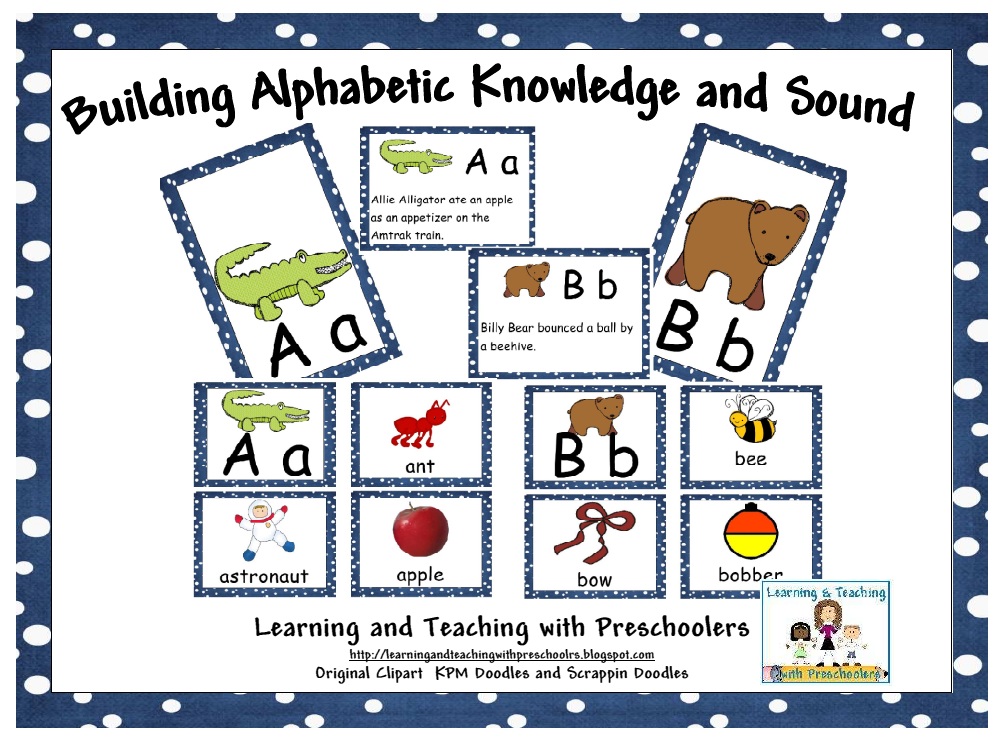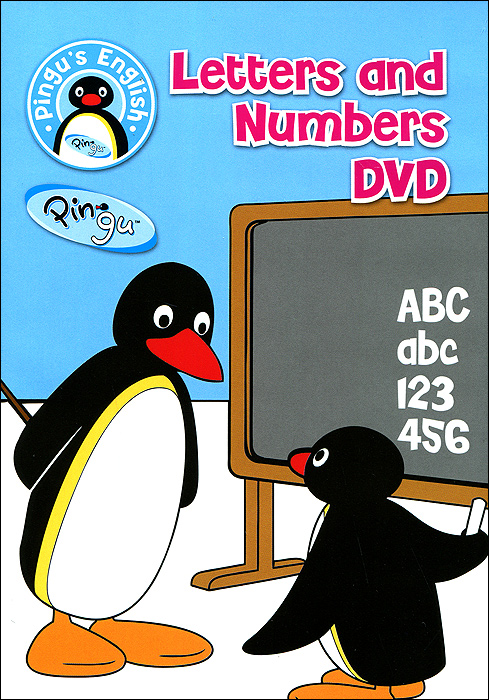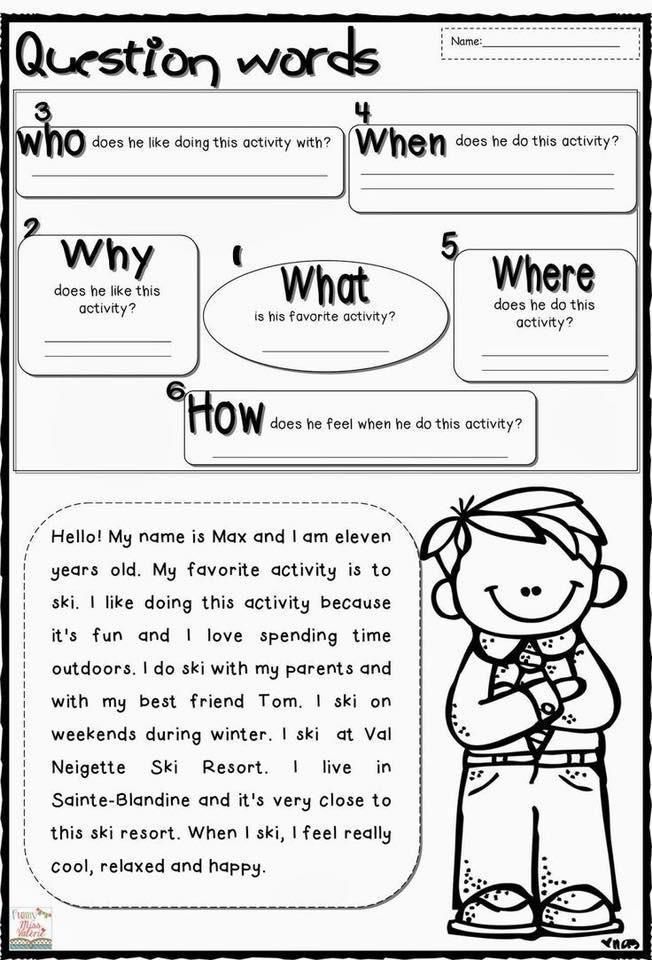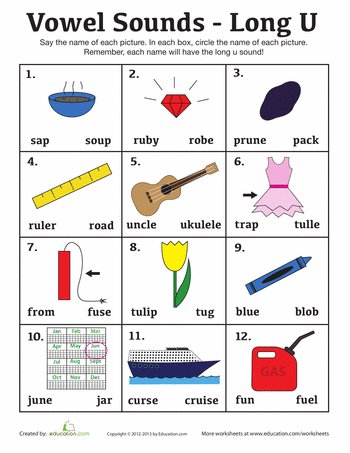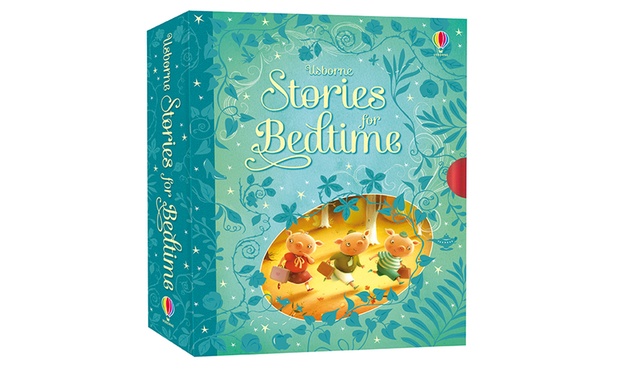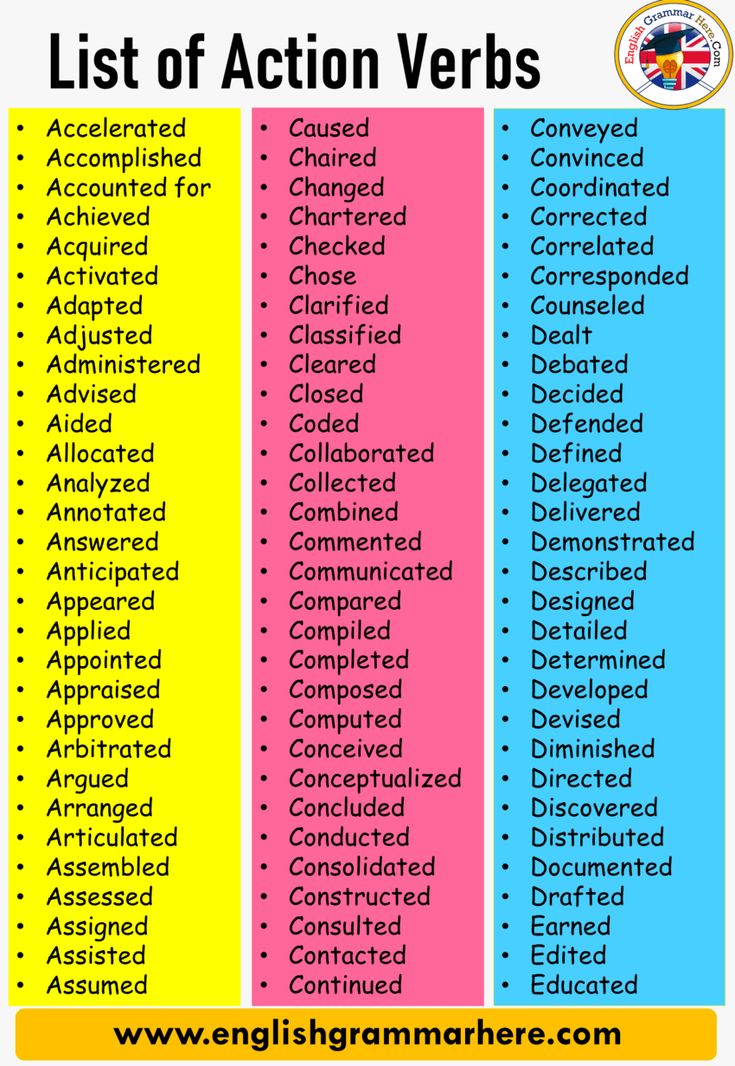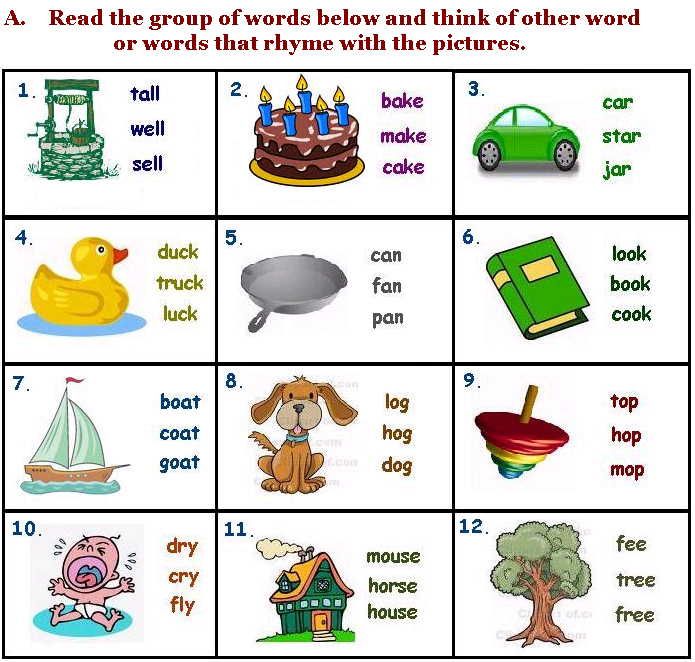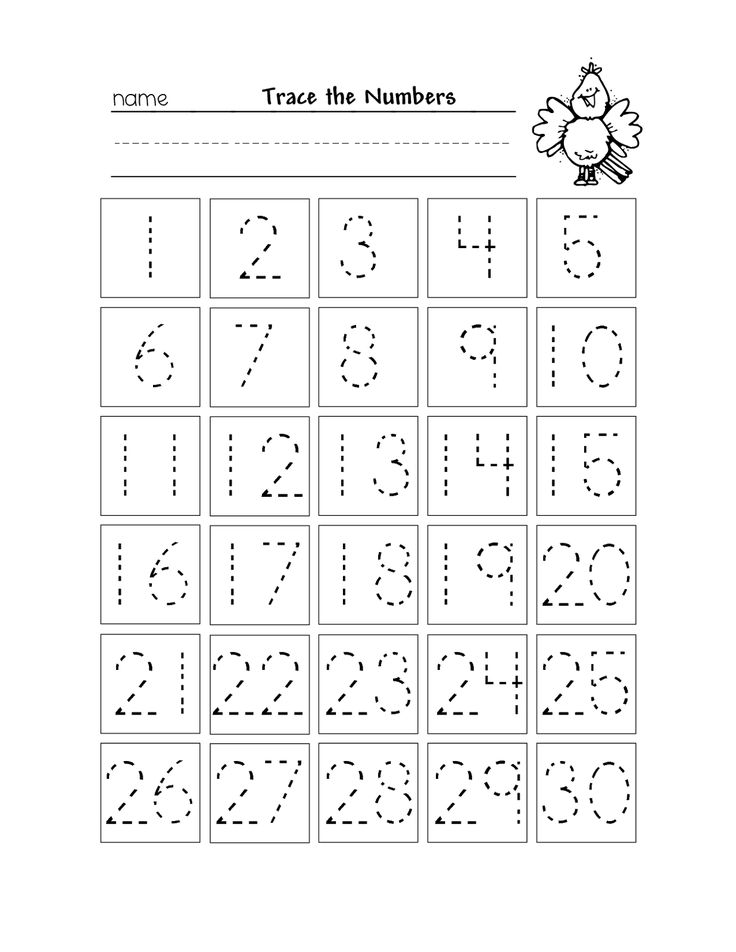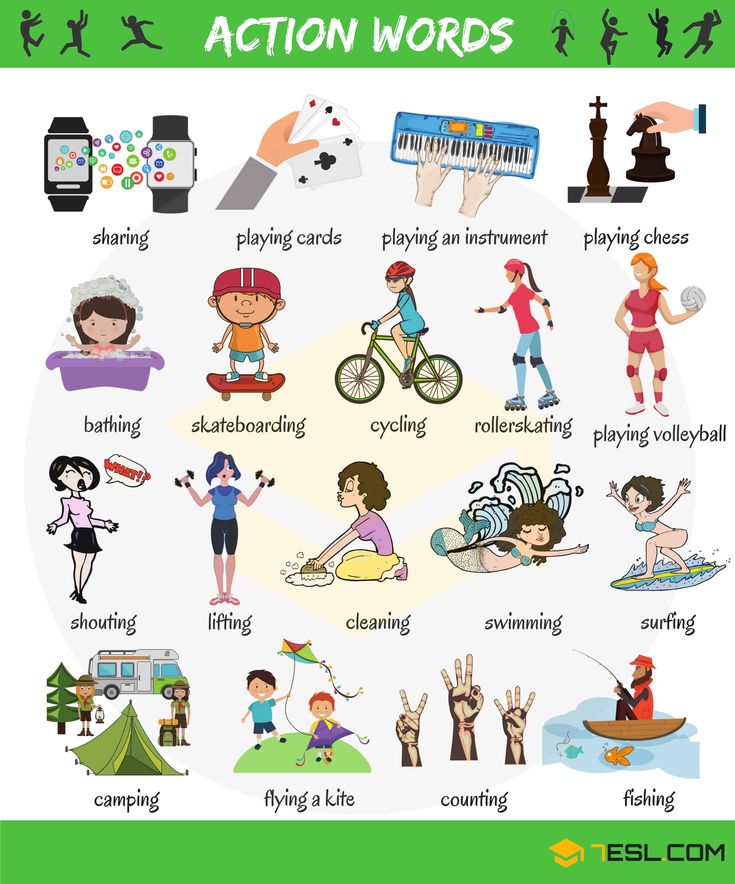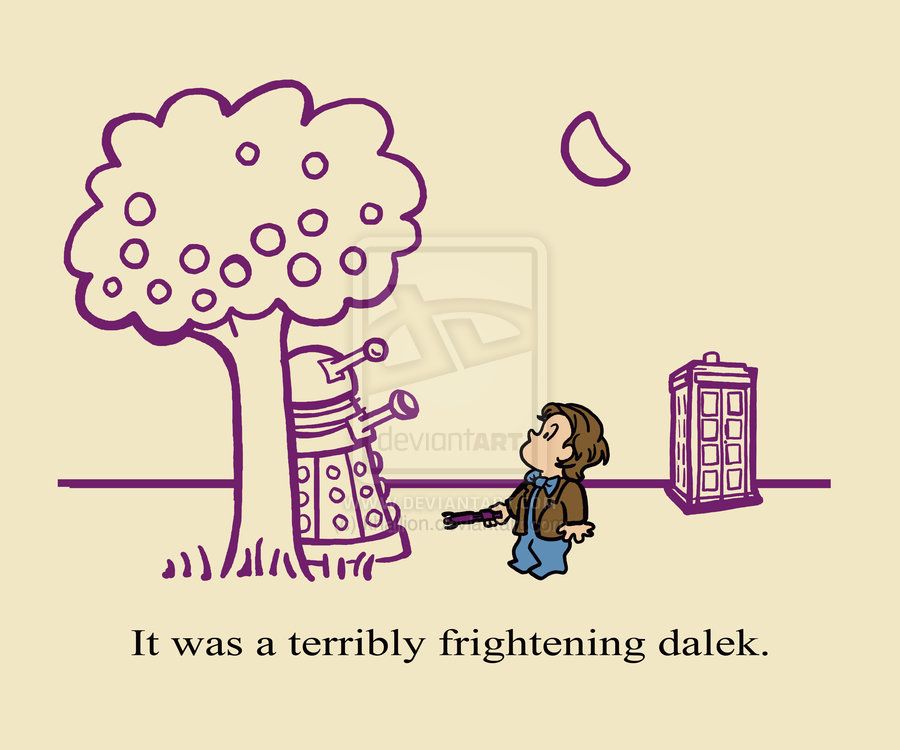What order should you teach the alphabet
Proven Order to Teach Letters that Will Get Your Child Reading Faster!
I remember when I just graduated from college and was about to start teaching in my first classroom. It was a Kindergarten teacher position and I was so excited about teaching the alphabet to those little munchkins. I sat down in my classroom looking at the curriculum, scratching my head in sheer confusion that destroyed my week 1 plans as a first year Kindergarten teacher. Wait…you aren’t supposed to teach the alphabet in ABC order?
Nope.
So what order DO you teach the letters of the alphabet in? After reading this post, you will:
- Know why you shouldn’t teach in ABC order
- Understand why the order to teach letters is so important
- Answer the question…uppercase or lowercase?
- Get the exact order to teach letters that will have your child reading faster
This post may contain affiliate links. I only recommend products that I personally use, trust, and love and think you will love too! Using these links provide me with a small commission and help support this blog, but at no extra cost to you. To learn more, read my Policies page.
Why You Don’t Teach the Alphabet in ABC Order
Teaching the alphabet in order puts a big focus on those beginning letters. Those are probably going to be the ones that your child sees and remembers the most since that Alphabet Song is so catchy. =)
Why is that a problem? Some of those beginning letters aren’t the most frequently used letters that your child will encounter in text. Focus on letters that are most common in the beginning sight words your child will learn. Think of the words in, at, it, am, I, etc. Only one of those letters is in the first five letters of the alphabet!
Another reason to avoid teaching the alphabet in order is that research shows that children will recall a letter’s name more often than the sound that it makes (source). This makes it very difficult to start teaching how to decode words because these children aren’t able to recall those letter sounds to eventually blend words together.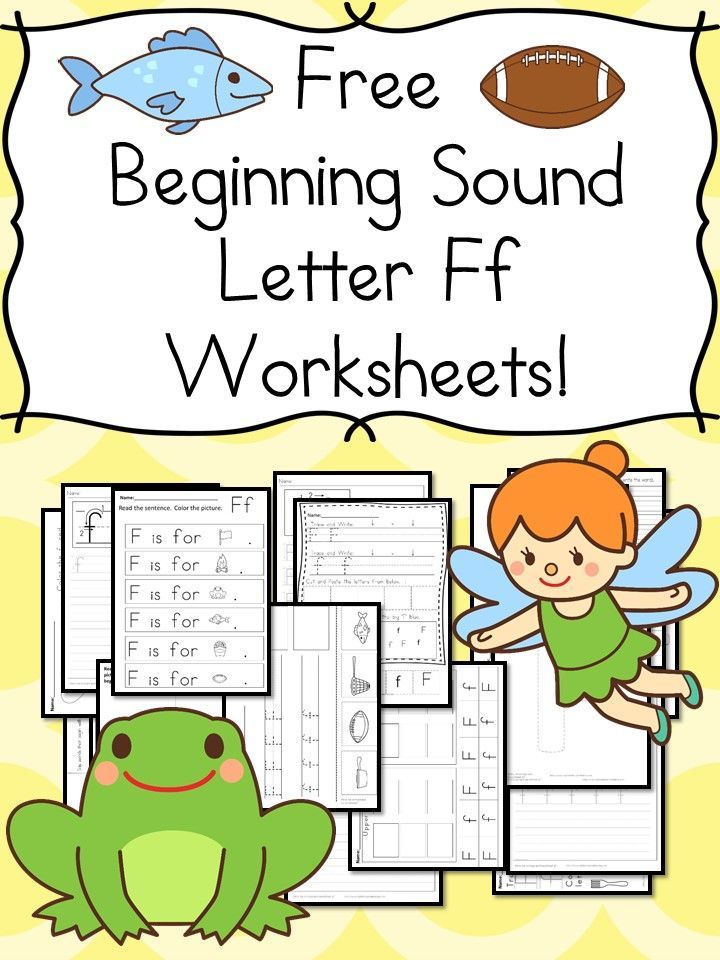
Learn about other mistakes you may be making when teaching the alphabet.
Why Should You Care about What Order to Teach Letters?
There is a reason behind what order to teach letters.
You first want to teach the letters that appear most frequently in emergent reader books. This is because you want your child to actually apply what you are teaching them as you are teaching it!
Remember that the whole reason you are teaching your child the alphabet is to help them read. So why wouldn’t you want your child to practice their knowledge of letters by reading simple words in those emergent reader books?
Find Out More
This is also the reason why you want to ensure you are teaching letter names and sounds together. Think about it…they are labeling a symbol with the letter name and learning what it says with the sound. This is just like teaching your child to identify a cow and know that it says “moo”.
Uppercase or Lowercase?
Yes, when it comes to letter recognition, knowing and understanding all 52 letter symbols (both uppercase and lowercase) is important.
But if I had to absolutely choose one set to focus on 𝘧𝘪𝘳𝘴𝘵?
LOWERCASE!!
When you open up a book, any book, what type of letter do you see the most? Lowercase.
The ratio between the frequency of uppercase and lowercase letters in a book leaves no question in my mind which type of letter I should spend the majority of my energy on when working with a child.
Where to Start
There is definitely some pre-work that I think is important to introduce before you start diving into the my specific order to teach letters.
Your Child’s Name
First, you want to teach your child the letters in their name. Your child’s name is something very special and important to them…it’s something that is all theirs.
Children have a fascination with their name so learning the letters in their name first is great way to build interest around letters and print.
Your child will love the letters in their name and will start to identify them anywhere they go. Encourage this as much as you can as this is a great sign of their print motivation!
Encourage this as much as you can as this is a great sign of their print motivation!
Exposure
Before you start explicitly teaching letters and sounds, you want to be sure that you are providing your child with plenty of exposure to letters and print.
Create a literacy rich environment by having magnetic letters and bathtub letters readily available for play. Hop on that decor trend where letters and words are displayed on walls in your home.
Incorporate letters into your child’s existing play and take the opportunity to talk about letters while your child is playing. This may sound something like, “Did you put the letter T in your car? Where is it going?”
What Order to Teach Letters
I have a specific order that I teach letters in and it is a combination of two methods: the SATPIN method and the IMSE method.
Both methods are research-based and have good reasoning behind the orders. I’ve found that this combination has been magical with the students and families I work with.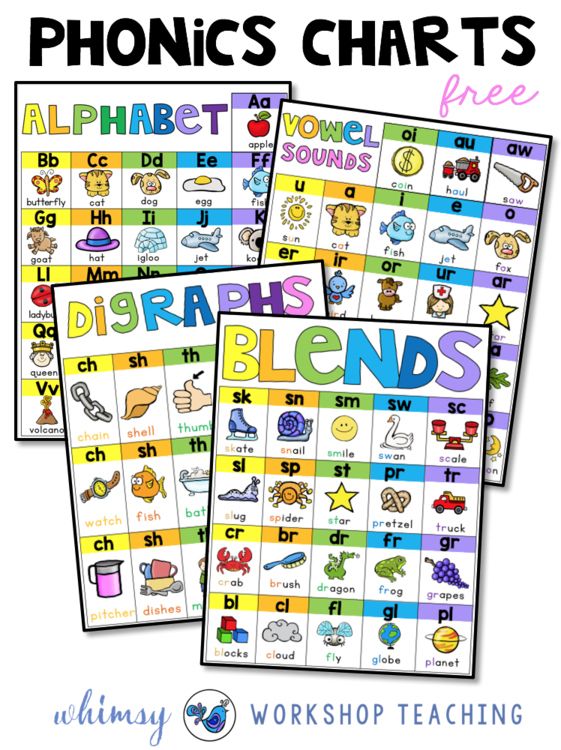 Let’s get started and learn that magic order to teach letters!
Let’s get started and learn that magic order to teach letters!
s-a-t-p-i-n
First, start with s, a, t, p, i, n. This combination of letters is perfect for introducing letter names and sounds and then actually APPLYING what you are teaching.
These letters also make up the most frequent words that are found in emerging readers.
This way, when your child starts to apply their knowledge of letters and sounds, they will be able to start reading simple words more quickly…that’s the whole point!
c-o-d-g-m-k
This next group of letters helps to support the first group. They aren’t necessarily in a lot of sight words found in those emergent readers compared to that first group of letters, but by adding these letters next, your child will be able to start spelling even more simple CVC (consonant-vowel-consonant) words.
This helps your child with some more challenging decoding opportunities as well because you are adding a lot more consonants, but only one more vowel.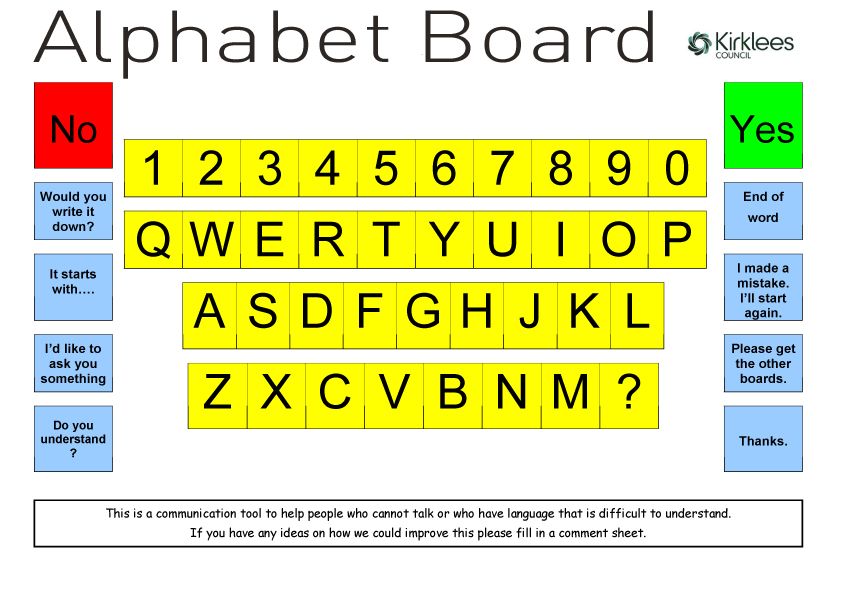
This opens up a lot more words, but is giving a wide variety to the words your child can then start to read without becoming overwhelming.
e-r-u-b-h-f-l
This next set of letters gives your child the rest of the vowels, helping them build on what they have already learned with the previous letters.
Be careful when introducing the letter sound for “e”. It can be tricky to distinguish between /e/ and /i/ in many words. Be very clear when saying the sounds so that your child can hear those differences.
j-w-v-x-y-z-q
These last letters are the letters that show up the least frequent in words.
This doesn’t make them any less important though! Still give these guys the same love and attention that you gave the previous sets of letters and make sure you practice these in context with decoding and blending just as much.
A lot of times these letters are rushed through because they aren’t high frequency letters, which causes children to struggle and mix up their letter sounds when they actually do come across them in a book.
Wrapping it All Up with a Bow
So there you have it! The research-based order I swear by to teach a child the alphabet so that they can learn to read faster. But don’t forget…if you really want to teach your child read, the alphabet is only one piece of the puzzle. You need all the pieces to make it click.
I hope that this was helpful to you as you are trying to plan out how you want to teach letter knowledge and the alphabetic principle.
I know that if you try this order out, you won’t be disappointed!!
Any questions? Drop them in the comments below=)
Teaching Letter Recognition - What Order to Introduce Letters
Wondering about the order for teaching letters to your little ones? I’m on it!
I feel as though I am always writing about waiting to teach letter recognition. Wait and let little hands get strengthened by other activities. Wait until little minds have had ample time to hear different words and sounds. But a day will come when you SHOULD teach your little ones their alphabet letters of course.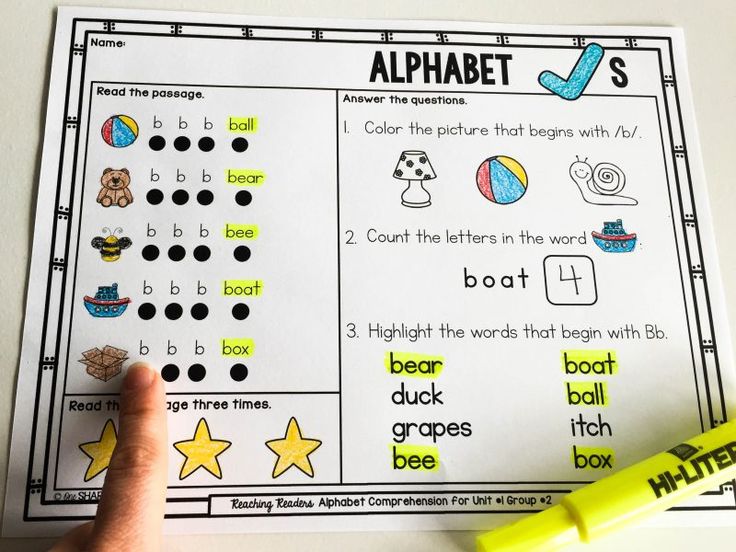
Whether it is when they are 3, 4, 5, or 6, at one point or another they will be ready, and teaching letter recognition will be the name of the game. So, when they are ready, what is the order for teaching letters?
Don’t worry – I have an opinion on that too!
In fact, this is such an important topic, I have created a FREE resource just for you all about teaching letters to little ones. You can grab it right here:
If you are more of a watcher than a reader, I have created a seven-minute video for you all about teaching letter recognition to young children. You can watch right here (or simply keep reading below if you would rather):
And just in case the video above doesn’t work for you, you can also watch it right here on YouTube.
When I was in the Kindergarten classroom, I did not teach letter recognition in alphabetical order. I began with “name letters” as these letters hold a very important meaning to children.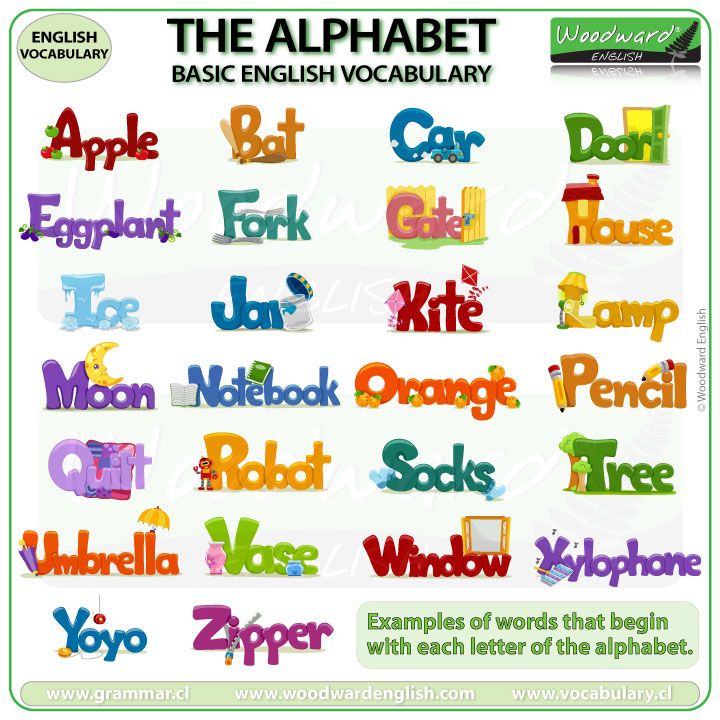 So for “Sammy,” he learned all about s, a, m, and y.
So for “Sammy,” he learned all about s, a, m, and y.
Once children know their name letters well, I would introduce the other alphabet letters (and sounds) in this order:
At first, relatively quickly, I would introduce the first row of letters, maybe over a week. Then we do lots of activities playing with those letters: their sounds, shapes, and names. Once they are mastered, we add in the next row. Building and growing, slow and steady.
Starting with the lowercase is helpful, and something I have begun doing—though I haven’t always. Clearly, little ones need to know both upper and lowercase letters, but since so much of the print in our everyday lives is lowercase, I find it beneficial to start in that way.
The letter order is similar to the way the letters are taught in the Jolly Phonics Program. By teaching the letters in this manner, children are able to begin forming words very quickly. After learning the first 6 letters, kids can make words in the “at,” “an,” “it,” “ip,” “ap,” and “in” word families.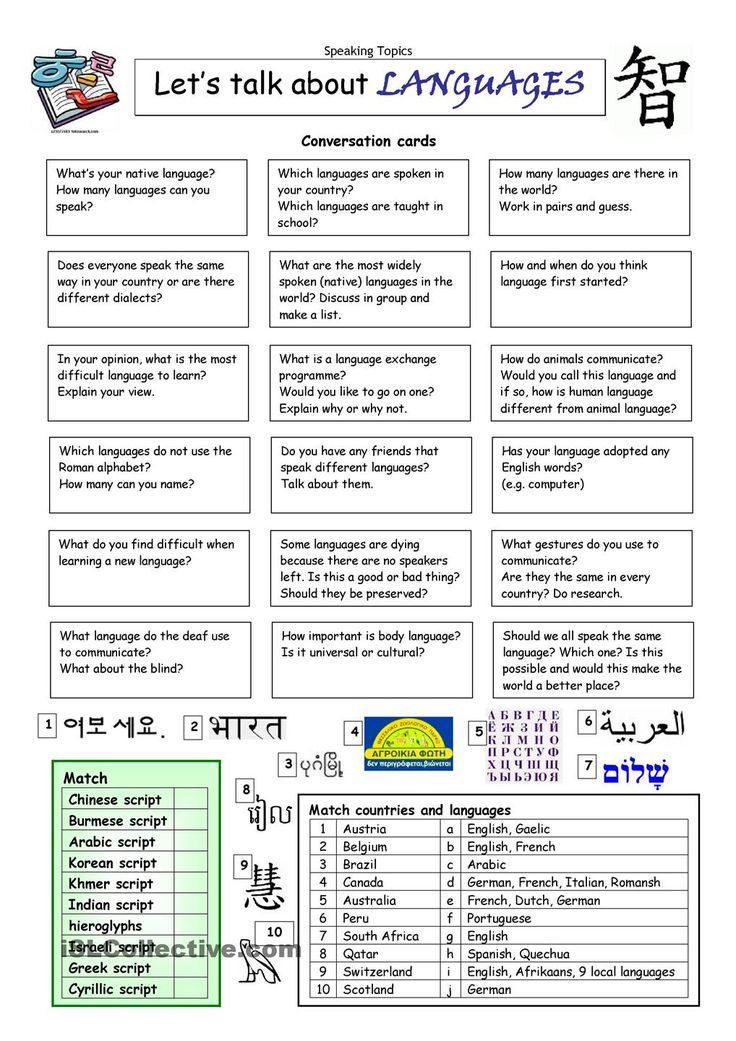
- s, a, t, i, p, n
- c, k, e, h, r
- m, d, g, o
- l, f, b, q, u
- j, z, w
- v, y, x
Introducing the letters and letting little ones begin to make words almost right away creates a huge sense of pride. And since you waited to introduce the letters (you did wait, right?) they are absolutely ready and will be catching on right away, grasping those letter names and sounds easily. If not, perhaps wait a little longer.
I know it is hard (trust me, I know!) but waiting until your little one is ready will save you both mounds of frustration, and ensure your little one loves learning. There is no rush.
Of course, ideas and games for introducing letters can be found all over How Wee Learn!
Ready to start helping your little ones learn their letters? Here are some great ideas and fun games that will have those letters mastered in no time!
Digging Up Letters – Grab some dump trucks, diggers, and pebbles and “dig up” some letter-learning fun with your preschooler! This post shares more information about the order for teaching the letters.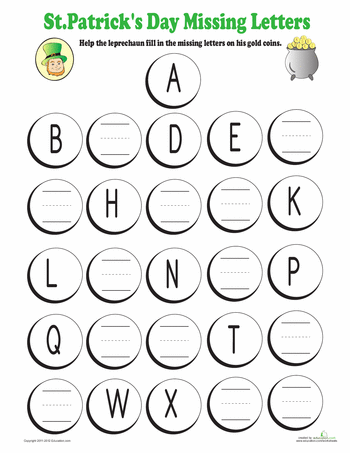
Flying into Letter Recognition – This fun one just requires painter’s tape and construction paper. Pop that first group of alphabet letters (s, a, t, i, p, n) on the ground using painter’s tape and let those little ones throw paper airplanes to learn their ABCs!
Swat the ABC Balloons – We love using balloons for fun learning games. This alphabet activity is absolutely perfect for preschoolers as it engages the whole body. And we all know 3-year-olds LOVE to learn with their whole body.
Zoom and Sort the ABCs – All you need is painter’s tape and some toy cars for this one. This one uses painter’s tape in a different way; the painter’s tape forms the road while the cars hold the letters. This letters activity for preschoolers is great for introducing capital and lowercase letters.
Pipecleaner and Popsicle Stick Letters – Forming letters with pipecleaners and popsicle sticks on a homemade sticky board – popsicle sticks can be used for so many purposes!
Skeleton Bone Writing (bending Qtips!) – We use Qtips a lot over here for learning games like this one.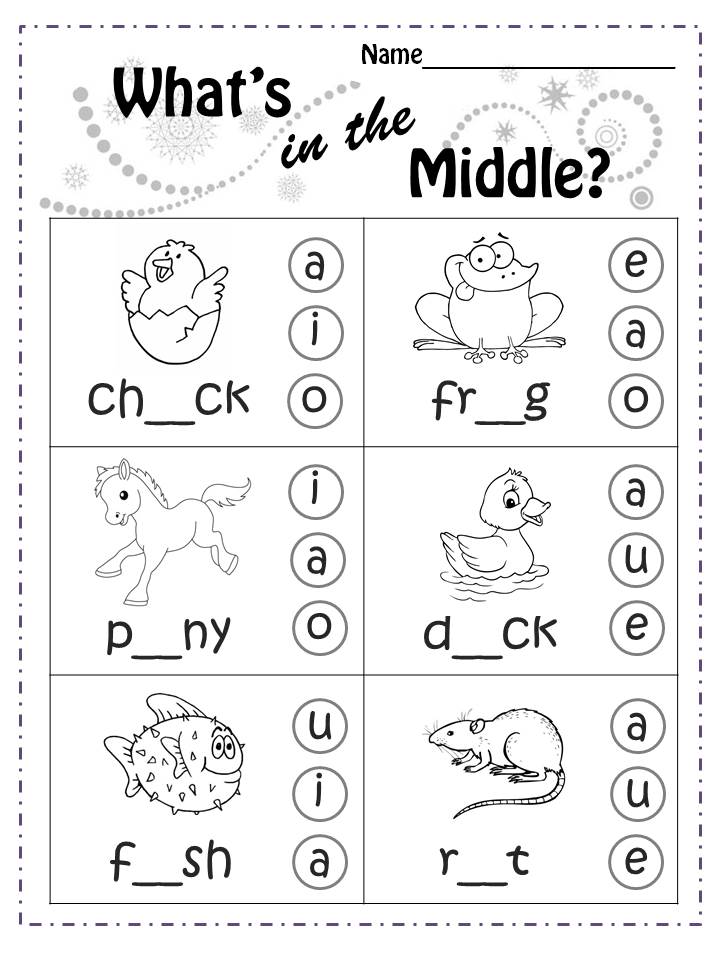 Bending those Qtips is a great way to make the curvy parts of the letters. Having children manipulate objects to form letters is a very powerful learning opportunity.
Bending those Qtips is a great way to make the curvy parts of the letters. Having children manipulate objects to form letters is a very powerful learning opportunity.
Re-useable Alphabet Paper Chain Games – We use construction paper a lot to make simple paper chains. I like to add velcro to make these chains reusable again and again. Little words can be built and played with all day long.
Building a Name with Blocks – Duplo building blocks are a favourite here, and they are perfect for this name-building game.
Mail Play! – Mailing friends their “name letters” is a great way to practice letter recognition! Matching letters of the alphabet is a great place to start with letter recognition. First, little ones recognize which letters match, then they can practice forming the letters from a sample, and finally, they can produce it on their own. The order for teaching letters can be the same for all of these steps.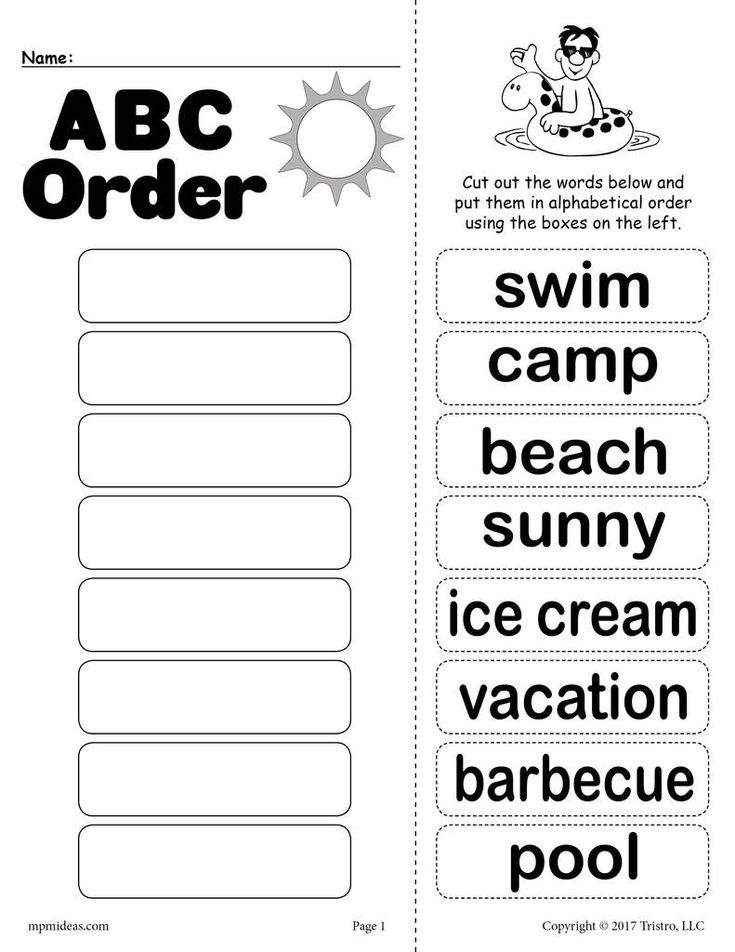
Dinosaur Bone (Well, Letter) Excavating – Magnetic alphabet letters can be used for so many learning activities, like this fun dinosaur letter excavation!
An A-MAZE-ing Letter Learning Game – Grab that painter’s tape once more! This time we made a fun maze for learning our alphabet letters.
Now that you are armed with some fun games, have an idea about the order for teaching letters, and have waited for your little one to be ready… it is time to let them learn those letters!
Have fun with this big step with your little ones. And remember, slow is always better. Follow your child’s lead and keep it light and fun. This is the beginning of a lifetime of learning and a love of reading.
Good luck! And remember, I am only an email away with any questions!
Thank you so much for reading friends! I hope you are having a wonderful week.
P.S. Don’t forget to grab your Free Teaching Letter Recognition Guide!
You’ll also love these How Wee Learn best-sellers:
Awesome Alphabet Activities for Preschoolers
Gross Motor Alphabet Games for Kids
How to quickly learn letters with a child
In what sequence should you learn letters with a child so that he memorizes them quickly and correctly? There is no single answer, because all children are different.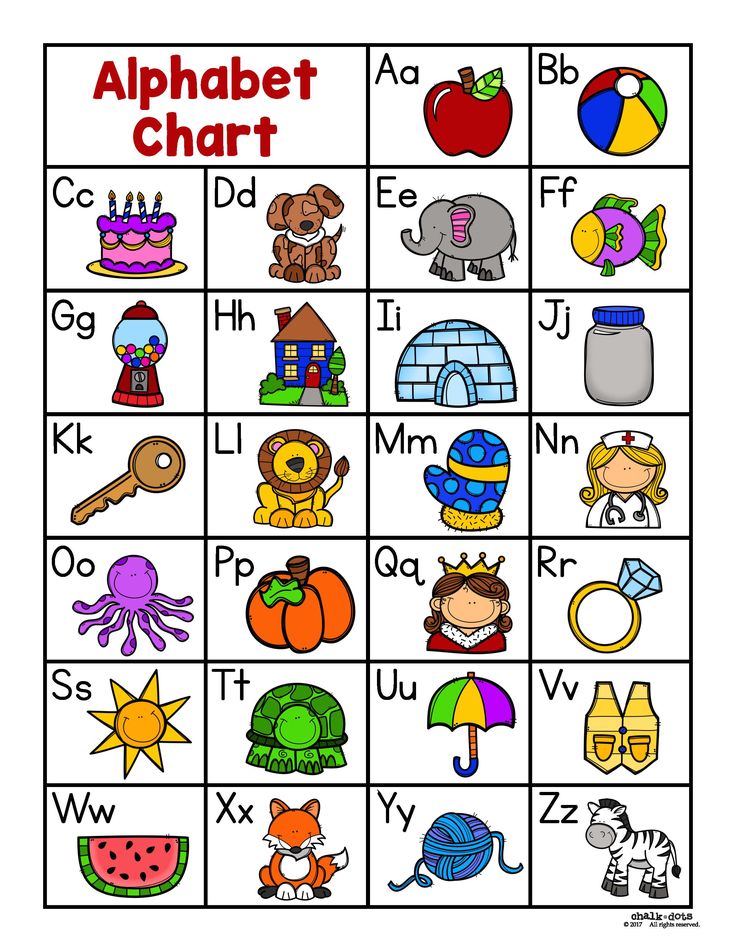 With one child, the mother studies according to the classic primer and everything is fine, and the fifth alphabet is being bought for another child, but the letters are remembered with great difficulty or are not remembered at all.
With one child, the mother studies according to the classic primer and everything is fine, and the fifth alphabet is being bought for another child, but the letters are remembered with great difficulty or are not remembered at all.
⠀
Therefore, if you want your child to easily memorize letters and at the same time learn to read in syllables, follow simple rules.
6 tips for learning letters with your child
1. Don't teach letters alphabetically with your child
There are letters that are especially difficult for children to read in the middle and at the end of a word. For example: deaf "K, P, T" and syllables with the letters "B, G, D, C, H, SH". Many of these letters are at the beginning of the alphabet. But the child must learn not only the pronunciation of letters, but also learn how to merge sounds into syllables.
2. Memorize vowels and consonants separately
3. Start with the vowels "A, O, U, Y, I"
When the child remembers these vowels well, you can move on to the rest.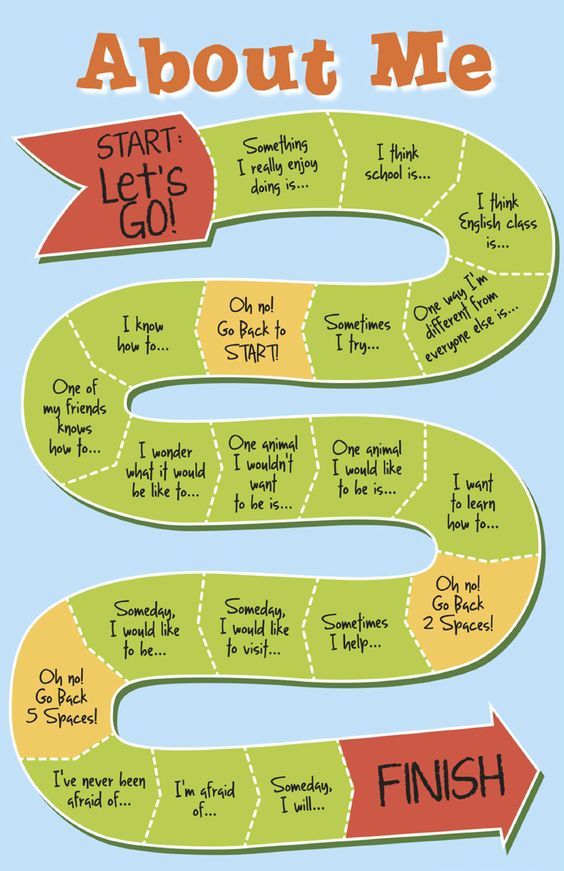
4. First study the consonants “M, S, X, W, L, N, R”
Immediately study the consonants “M, S, X, W, L, N, R”, then “K, P T". And then already - "C, Z, F, B, D, D" and the rest.
They stand out easily at the beginning and end of a word. But the main thing is to simply make syllables out of them. The possibility of prolonged pronunciation of these sounds allows you to gradually switch from one method of articulation to another, from reading a consonant to reading a vowel.
5. Don't learn the letter - learn the sound!
Name the sound, not how the letter is pronounced in the alphabet. For example, "P", not "PE", so that the child does not make mistakes and does not read "PEA-PEA" instead of "PA-PA".
6. Before buying a new primer, study it well
Pictures should be clear, bright, letters should be large. If you come across incomprehensible, difficult tasks on the pages, it’s better not to take such a book.
⠀
In some modern primers, the sequence of studying syllables of different levels of complexity is violated, three-letter syllables and long words are prematurely introduced, incomprehensible syllables come across, for example, “SHMA-SHMU-SHRU-SHRA-SHRO”, even for an adult it is difficult to imagine in which words they meet.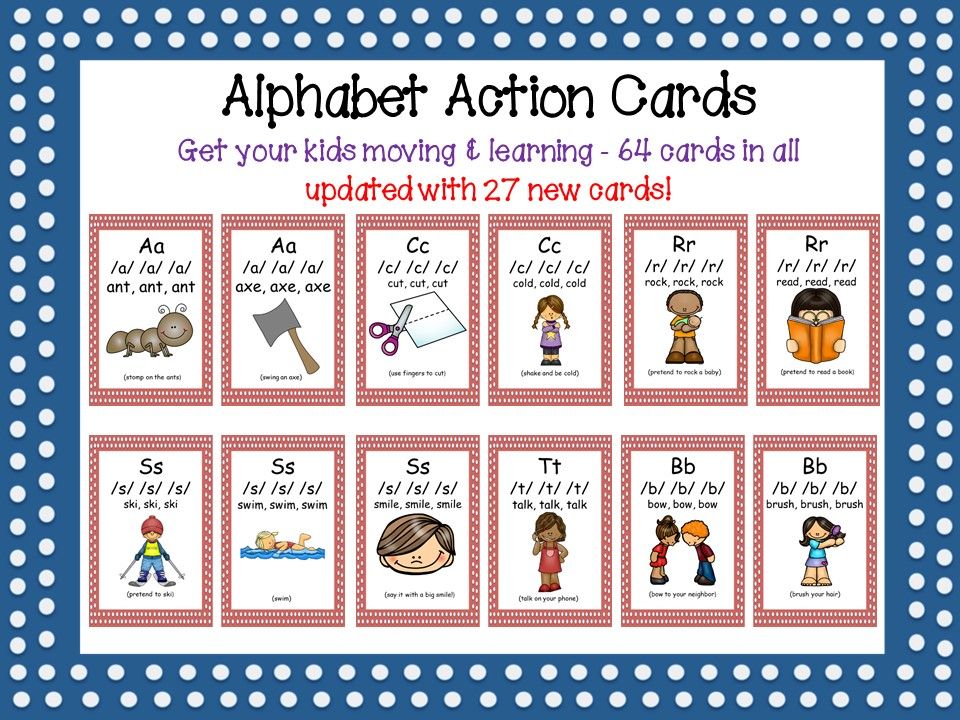
It will be good if you can find a primer with a non-alphabetical order of learning letters, and if you can't find it, then the simple exercises that we describe below will help you.
5 fun exercises to memorize Russian letters faster!
1. Use associations
What does a letter look like?
⠀
For example, you are teaching the letter “A” with your child. Ask what item it looks like. If he can’t immediately answer, fantasize about this topic together. Ask leading questions and let the child answer. For example: “The letter “A” looks like a tree? Or maybe it looks like a house? etc. Try to play association on the street, where you are surrounded by many different objects.
⠀
Who does this?
⠀
Let's try one more association. For example, shout: “A-a-a-a-a!” and ask the child what it is like when we make that sound. To make it easier for the child, use facial expressions.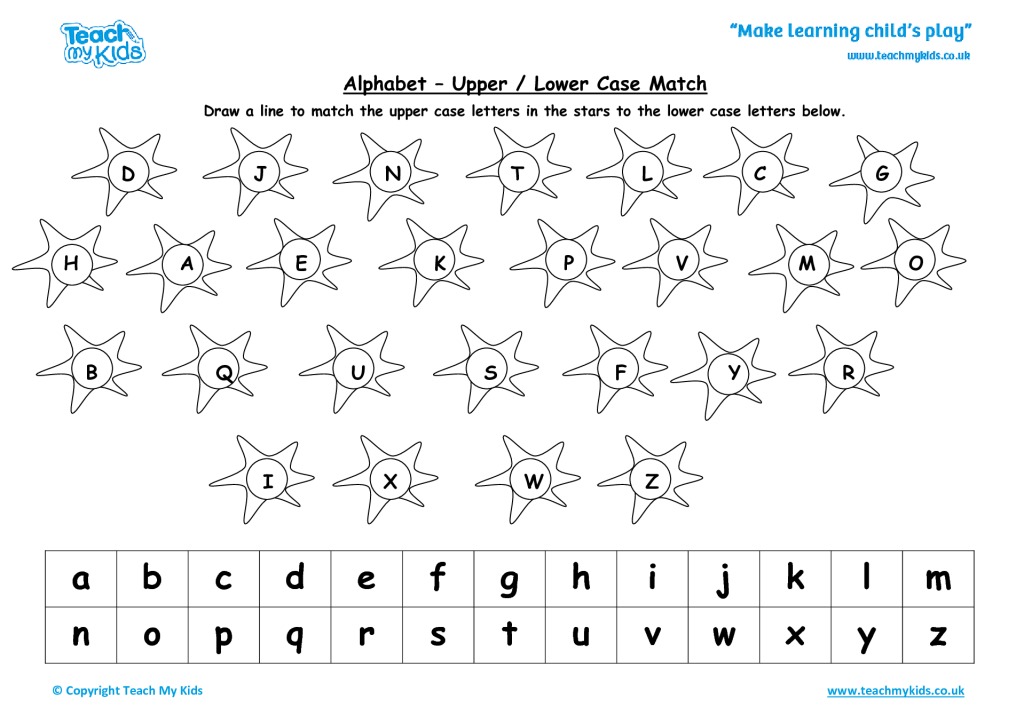 Then it will be clear that the one who is frightened or the child who cries does it. Or, here's an example with a different letter, say: "Z-z-z-z-z!" and ask which insect does this.
Then it will be clear that the one who is frightened or the child who cries does it. Or, here's an example with a different letter, say: "Z-z-z-z-z!" and ask which insect does this.
⠀
Associations help the child associate certain images with letters and make them easier to remember. Be sure to read our article on how to properly use associative technology in teaching. This article will be your guide.
2. Make letters from your hands and make letters with your own hands
Letters from fingers
⠀
Try a very funny game with fingers with your child. This exercise will help you remember a new letter in an interesting way, and at the same time improve brain function and develop spatial thinking and speech.
⠀
Make the letter you are learning together with your fingers. For example, "A". To do this, connect the tips of your index fingers, it will turn out like the letter “L”, and ask the child to add the missing element in the middle - let him put his index finger on your “L” and name which letter it turned out. By analogy, you can add other letters of the Russian alphabet.
By analogy, you can add other letters of the Russian alphabet.
Your child will definitely like this game! Try other very interesting and useful brain development games for kids. See examples of games here.
⠀
DIY letters
⠀
This exercise will help to consolidate the learned letters. The point is that the child himself folded the letter from improvised objects.
⠀
If you study at home, open the page with the letter you are currently studying in the primer and ask the child to put it next to it, for example, from spoons or pencils, and then say it out loud.
⠀
On the street, you can use ordinary sticks or pebbles. Write a letter on the ground so that the child has an example in front of his eyes and ask him to lay out the same one from sticks or stones next to or along the contour.
Such games also develop hand motor skills and figurative memory, which will help the child learn to read by syllables faster in the future.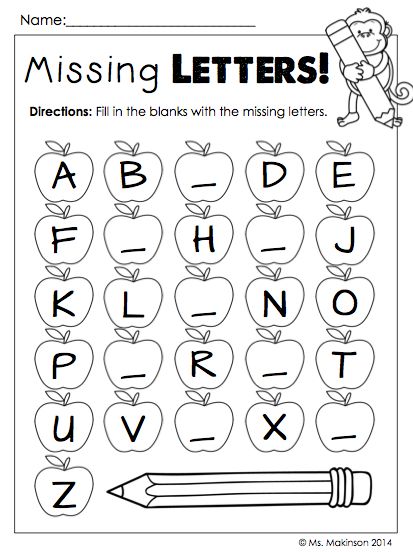
3. Come up with riddles about letters
Riddles are good for developing quick wit and logical thinking in children. Since when guessing, the child in his mind must immediately compare the image of the object and the conditions of the riddle.
⠀
For example: “Two sticks diagonally, and in the middle there is a belt. Guess what letter it is?
⠀
The answer is the letter "A".
⠀
Download riddles for all letters of the Russian alphabet for free. Your child will have fun and will be able to easily reinforce the letters they have learned.
4. Look for familiar letters around
For example, the child has already memorized the letter "A". Now you can practice noticing it in everything that surrounds us. If you are walking down the street together, or riding in transport, just draw your child's attention to signs, advertisements and store names and ask them to find a familiar letter in the names.
⠀
If you do not live in a Russian-speaking country, then let the child look for familiar letters in his books.
5. Draw and color letters
If your child can't draw a letter yet, draw it yourself and let him color it. There is immediately a double benefit - the motor skills of the hands develop, the work of the brain improves and the letter is remembered visually much faster.
⠀
For example, you can make bright cards with letters with your own hands. You will need white cardboard, felt-tip pens / paints / pencils, imagination and a good mood.
Draw the letters on the cards yourself, and let the child color and draw on the cards what the letter is associated with. Simple and fun exercises will help you quickly learn all the letters of the Russian alphabet, pump your hand motor skills and develop your imagination.
⠀
In conclusion, if you want to teach a child something, always use a game. Then the child will study with interest and will not have to be forced. He will be able to quickly learn all the letters of the Russian alphabet, learn to read by syllables, and in the future he will calmly read books in Russian and succeed in all subjects.
He will be able to quickly learn all the letters of the Russian alphabet, learn to read by syllables, and in the future he will calmly read books in Russian and succeed in all subjects.
⠀
Read also on the topic:
7 simple games to learn letters
Early learning to read. Top 5 questions from parents!
How to quickly teach a child to read by syllables? 5 fun exercises!
How to quickly learn the alphabet - learning letters with a child
Letters are all around us. The child sees them in books and magazines, on product packaging, in shop windows. He can't help wondering what it is. Over time, he begins to understand that adults can read, begins to copy his parents, having learned a poem or a fairy tale by heart, and pretending that he is reading a book.
Experts recommend teaching a child to read shortly before school, since at an earlier age his brain is not yet ready to perceive such information.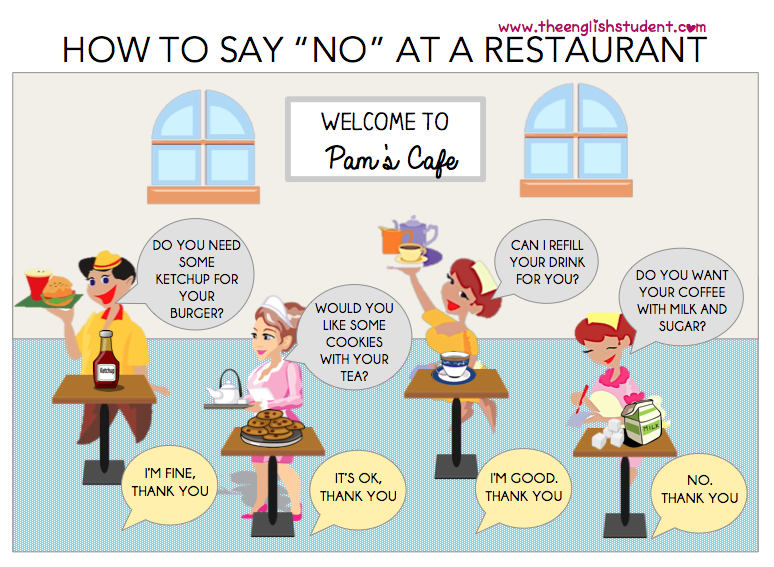 You can learn sounds with it, learn to distinguish them in oral speech, start mastering the alphabet. This pre-letter period is very important, because thanks to it the child will be able to learn to read fluently and understand what he read.
You can learn sounds with it, learn to distinguish them in oral speech, start mastering the alphabet. This pre-letter period is very important, because thanks to it the child will be able to learn to read fluently and understand what he read.
At what age do you start learning letters?
Many parents believe that a child's development should begin almost from the cradle. But neuropsychologists warn that learning letters and numbers before the age of 3 is harmful. At this age, the emotional and sensory sphere should be formed. If we force a child to learn, then we violate the laws of brain development, which can have negative consequences.
No specialist will tell you that at the age of 3 or 4 a child should know all the letters. Of course, if you wish, you can force him to learn the alphabet, but this will not be useful, but, on the contrary, can harm. The brain is ready for reading most often by the age of 5-6, and only in 20% of babies - by 4-5. Before this time, it is not worth studying letters.
But this does not mean that you can forget about the development of the child. At 3-4 years old, you need to work on the development of speech, teach the baby to ask and answer questions correctly, pronounce words, and study the world around him. You need to work on fine motor skills, teach him to dance, form a sense of rhythm, and so on.
These are the recommendations. However, all children are different. If a child has shown a sudden interest in letters, it means it's time to start learning. And it does not matter if it manifested itself late, for example, at 6 years old. The child should want to read, only after that you can study with him.
Psychologists point out several signs that indicate a child's readiness for learning:
- The kid perceives well what he read by ear, he can tell what this book is about.
- He knows how to build phrases, pronounce all sounds.
- Interested in what is written in a children's magazine, book or poster.

- Pretends to read, imitating adults.
If all these signs appear, you can start classes. You can’t put pressure on a child, force him to study, bribe him (“learn the letters - I’ll give you a chocolate bar”) - this will not achieve anything.
In those cases when interest in letters appeared early, there is no need to give up classes. But do not overload the baby, work with him for no longer than 7 minutes, classes do not have to be done every day, you can take breaks of 2-3 days.
How to start learning the alphabet?
The child began to show interest in letters. No need to immediately load it with knowledge, cramming the alphabet. Move a little. The easiest way for children to remember the first letter of their name. Explain to him what this letter is, what it is called. You can ask him to find this letter in the text. Gradually, he will learn to highlight it, will pay attention to it. The first step has been taken.
Parents now trust their children's education to various children's tablets, phones and other similar toys.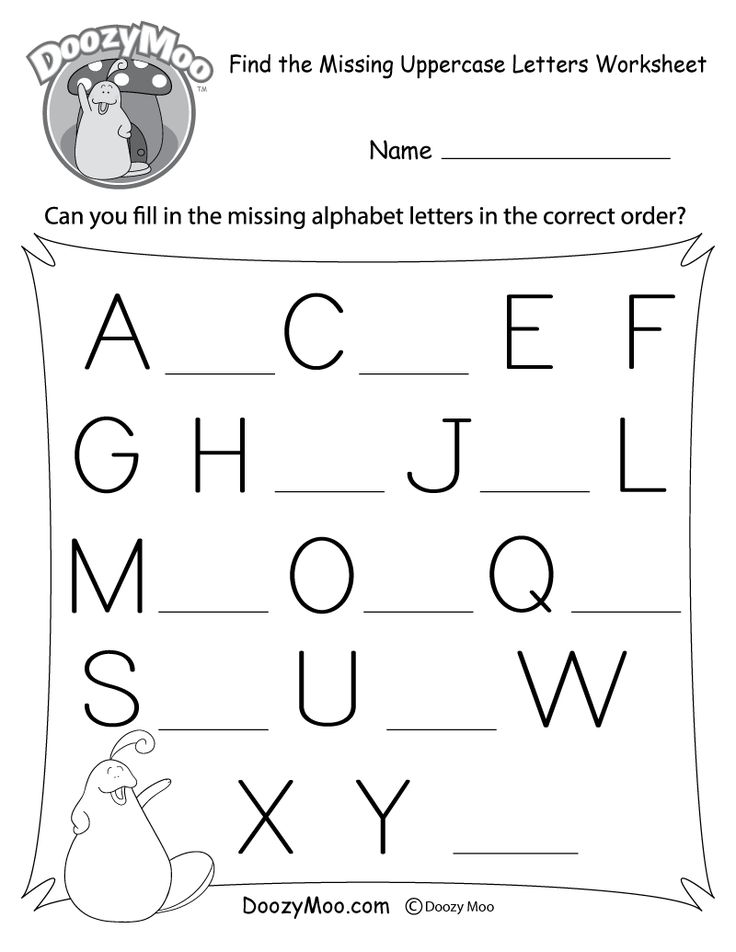 Remember that they are teaching letters, not sounds. Toddlers need to be taught precisely sounds, so it will be easier for them to master reading.
Remember that they are teaching letters, not sounds. Toddlers need to be taught precisely sounds, so it will be easier for them to master reading.
A letter is a graphic representation of sound, each has its own name. But learning to read, knowing only the names of the letters, is very difficult. Imagine that the child will need to read the word "ball". How will he do it? Just as he was taught: "beael". And all because he pronounces letters, not sounds.
It is better to start learning with sounds, pronouncing them with the child. Parents themselves should not confuse sound and letter. Sound is what we hear. A bumblebee buzzes - this is a sound, a hammer knocks - this is also a sound. But far from all sounds we can get words. If we clap our hands, the sound will appear, but the word will not.
You can create a word from special sounds called speech sounds. Make sure that the child does not confuse the letter and sound. Explain to him that a letter is an icon that can be seen in a book or drawn on paper.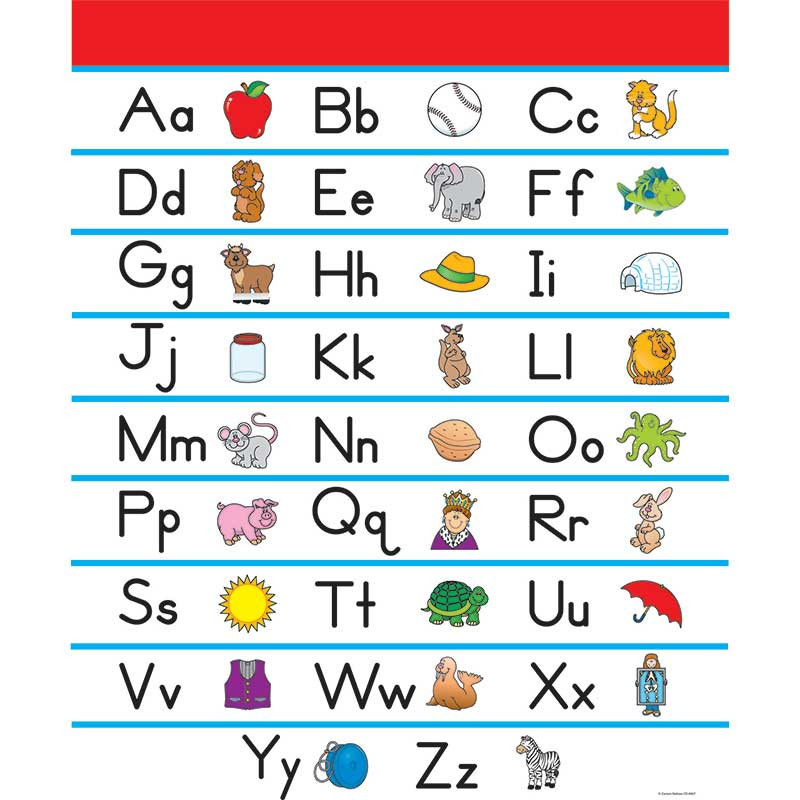 Letters can be seen with the eyes and sounds can be heard.
Letters can be seen with the eyes and sounds can be heard.
General recommendations for teaching a child
If you decide to work with a child, remember the basic rule - he should be interested. You can't force him. At this age, the easiest and most accessible way of learning is through the game.
It is difficult for kids to concentrate, to sit in one place for a long time, so classes should be short, 5-10 minutes each. As soon as you notice that he has become bored, switch to something else. If he forgot everything that you went through, do not get annoyed, repeat again until he remembers. If you overload your child with information, he will develop an aversion to learning.
At an early age, a child develops visual-figurative thinking, and only then - abstract-logical. This means that it is useless to draw letters on paper or a board. So you can't learn them. For him, it will be just a set of dashes.
The child needs visual association. For example, if you are learning the sound "a", you can show him a picture of a watermelon or any other item that starts with that letter.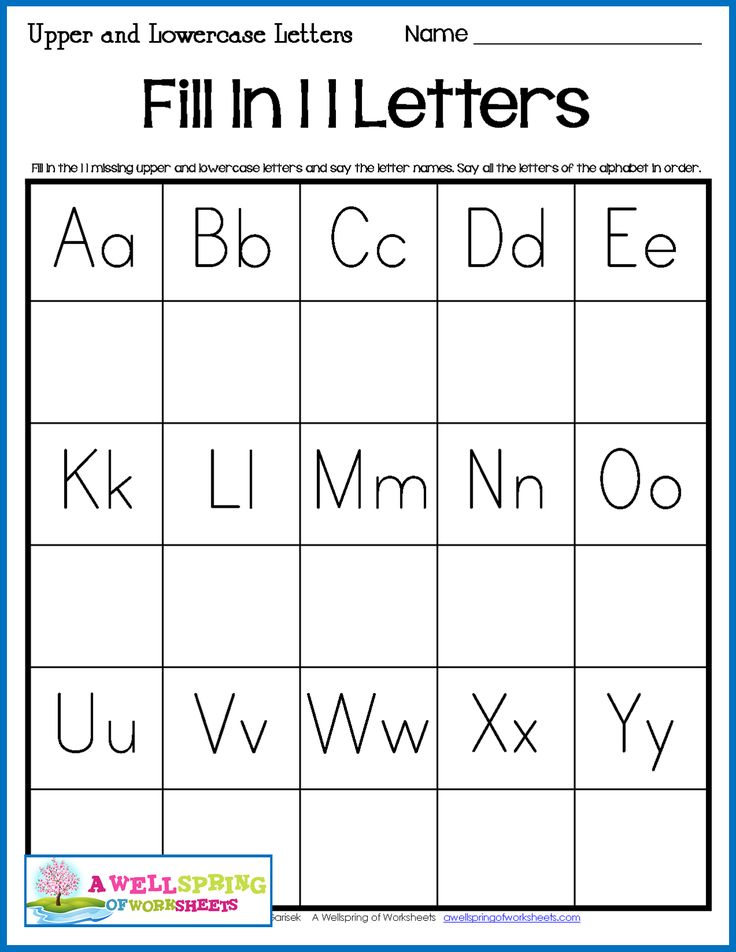 Stock up in advance with soft cubes with letters, bright cards, coloring books, beautiful colored primers.
Stock up in advance with soft cubes with letters, bright cards, coloring books, beautiful colored primers.
Do not learn letters in alphabetical order. It is better to start learning with vowel sounds. The letters that are most often found in speech are studied first, then you can move on to rarer ones.
How to learn vowels?
First, explain to the child that all words are made of sounds, just as houses are made of bricks. The more sounds in a word, the longer it is. After that, you can proceed to the study of sounds.
Start with "a" . You can show the baby pictures that show objects whose names begin with this letter. Draw with him the mouth that makes this sound, note how we open it wide. Let him try to name the words that begin with this letter. Do not overload the child: 1 lesson - 1 letter.
Try to consolidate the acquired knowledge. So you go to the kindergarten, you saw a pharmacy, let the kid try to find the letter that you studied. Bought a children's magazine, see if the title has the letter "a" . You can mold a letter from plasticine or dough, cut it out of paper. You can lay it out of sticks or sand.
Bought a children's magazine, see if the title has the letter "a" . You can mold a letter from plasticine or dough, cut it out of paper. You can lay it out of sticks or sand.
It will be much easier for you to captivate your baby if you always have blocks with letters, bright books, cards at hand. You can sing a song about a letter or listen to a cheerful verse.
So, study all the vowels one by one. At the end, you can explain that the sounds that you have already learned are called vowels. These are sounds that can be sung. Try to sing together "ah-ah" or "woo-hoo" .
Remember that we have 6 vowels ( a , o , y , e , s , and ) and 10 vowels. The letters i , e , i , i consist of 2 sounds. It is better to postpone the study of the latter for later, because there is no sound "i" , i is a letter consisting of 2 sounds.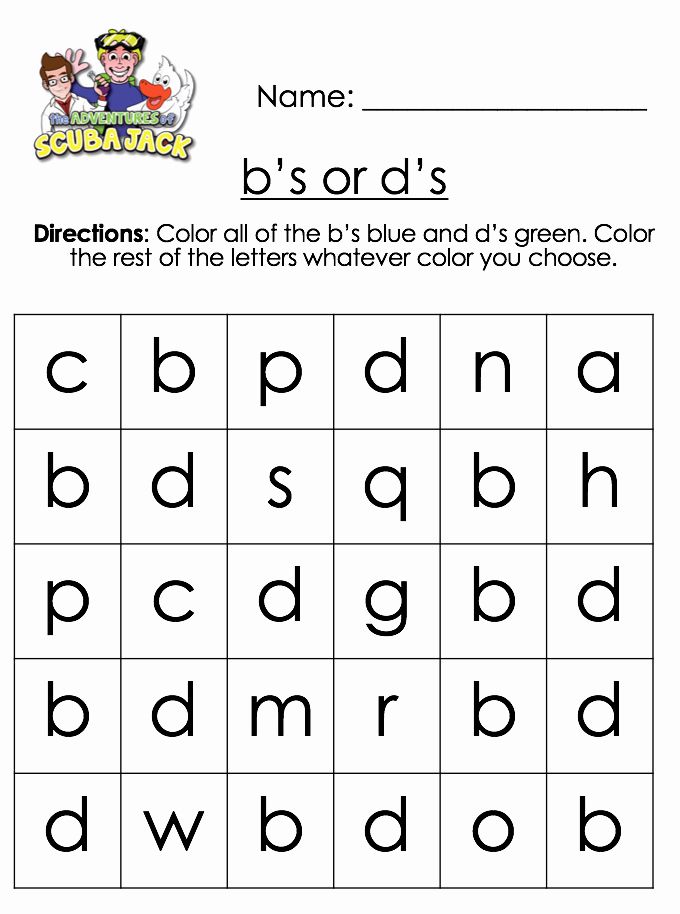 Do not confuse the child so that later educators and teachers do not have to retrain him.
Do not confuse the child so that later educators and teachers do not have to retrain him.
How to learn consonants?
After you have learned the basic vowels ( a , y , and , o ) you can move on to the consonants. You need to start with the simplest consonants ( b , p , m , n , t , g ). And here again we remember that we are teaching the child sounds, not letters. We know what to say0045 em ", " en ", " be ", but children don't need to know this yet. The child must learn that this is the sound " mm " or the sound " nn ". After the baby learns simple consonants, you can proceed to the study of hissing.
Just like with vowels, knowledge needs to be consolidated. Children may confuse letters. To prevent this from happening, play associations.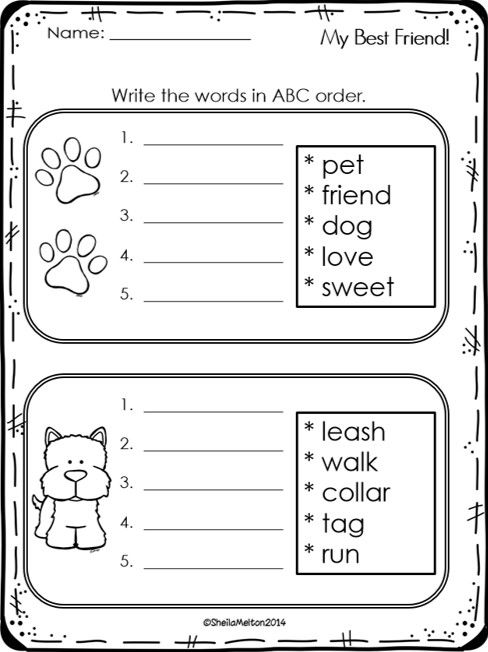 You can ask the children to think of what this letter looks like. Look for objects on the street that resemble this letter. For example, you walked past the horizontal bar, it is shaped like the letter " p ”, or look at the doorway, also resembles “ p ” in shape. Fold it out of pencils, look for it in store signs.
You can ask the children to think of what this letter looks like. Look for objects on the street that resemble this letter. For example, you walked past the horizontal bar, it is shaped like the letter " p ”, or look at the doorway, also resembles “ p ” in shape. Fold it out of pencils, look for it in store signs.
Methods for learning the alphabet
There are several popular methods for teaching children to read and memorize the letters of the alphabet. You can use them, especially since specialists worked on them. But, no matter what method you work with, it is important to remember that your classes should not resemble lessons at school.
Children at this age should play and get the information they need through games. Therefore, after a short training part, immediately proceed to an interesting, gaming one. Creative activities are also very useful, with the help of which you not only study letters, but also develop the child’s fine motor skills, improve his drawing and coloring skills, and strengthen the ability to use scissors.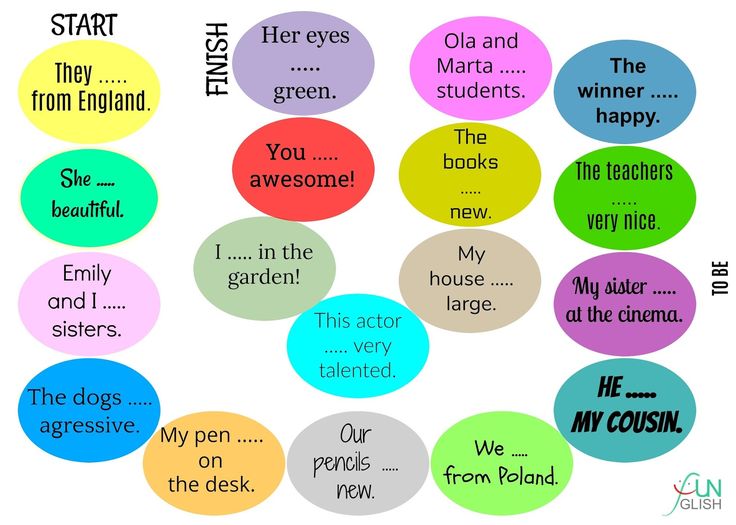
Games and games
There are many games to help you consolidate your knowledge. We will give a few examples.
1. Find words with the right sound . You need to prepare cards that show different objects. The child must choose among them those in which there is a studied sound. First, you can simplify the task: ask him to find words starting with this letter.
2. Catch the sound . To stretch a little, mother and child walk around the room. Mom says different words. As soon as the child hears a word with the desired sound, he stops and claps his hands.
3. Think of the word . Ask your child to come up with as many words as possible with a certain sound. You can do this in turn, for example, first the mother calls the word, then the baby.
The task needs to be complicated, that is, the sound can be not only at the beginning of the word, ask him to come up with a word in which this sound will be at the end or in the middle.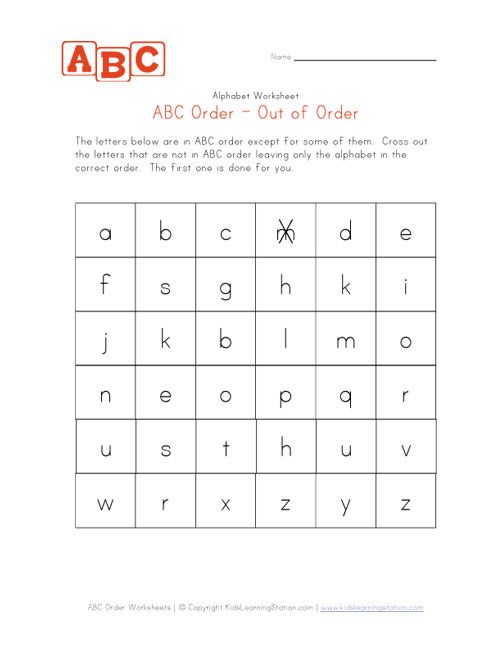 For example, you are learning the sound "a". First, you select words that begin with this letter - apricot, orange, then those that end in "a" - Moscow, jellyfish or contain the sound "a" in the middle - mosaic, eye.
For example, you are learning the sound "a". First, you select words that begin with this letter - apricot, orange, then those that end in "a" - Moscow, jellyfish or contain the sound "a" in the middle - mosaic, eye.
4. Determine where the sound is hidden. You need to draw a simple word scheme: three squares connected to each other. Each square denotes its own: the beginning of the word, the middle and the end. Put this word scheme in front of the child, give him a chip.
You name different words, and he must show on the diagram where the sound that you pass is located. For example, if you called the word "watermelon" (you can show a picture), the child must put the chip in 1 cell, and if the word "fox" - then in the 3rd cell.
5. Ball game . An adult throws a ball to the child and calls different words. If they have a letter being studied, he catches the ball, if not, then he does not catch it. To begin with, you can use words in which this letter is at the beginning, then complicate the task, that is, it can be in the middle or end.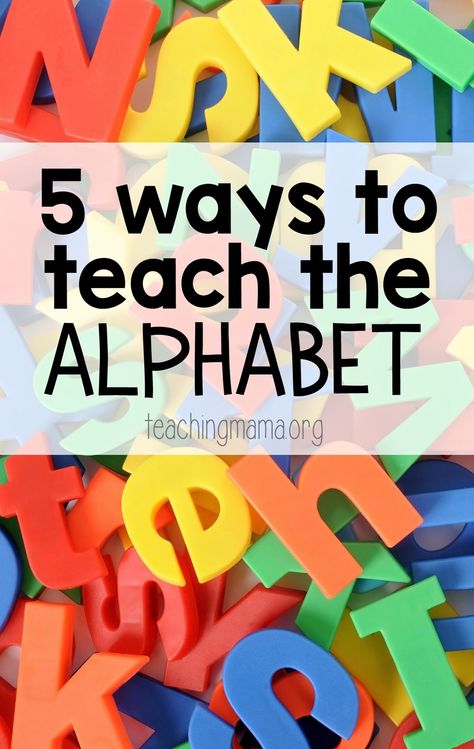
Author's methods of learning the alphabet
There are several recognized methods of teaching reading, each of which can be devoted to a separate article.
Zaitsev's cubes
The basis of Zaitsev's technique is a game, that is, children just play with cubes (there are 52 cubes of different sizes in the set) and at the same time learn to read without any effort. These games can be started from 6-12 months old, but up to 2 years old they are used like regular blocks, and children after 2 years old can start making words.
Zaitsev's main unit is a warehouse. It can consist of a consonant and a vowel, or a single letter. The basis of this method is the warehouse principle of reading. In addition to cubes, a large warehouse table is also used.
This technique has many advantages, the main of which is that any child can be taught to read. But there are also disadvantages, for example, over time, children will have to be retrained, because they remember that letters are indicated by one color, and the teacher enters his own colors, for example, red is a vowel.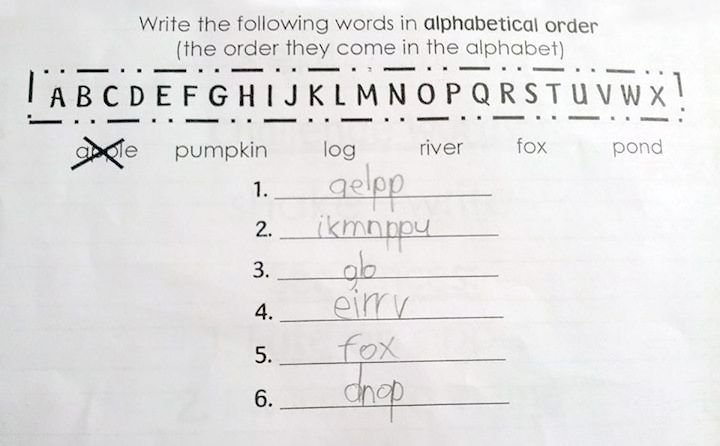 In addition, the child is used to the fact that words are divided into warehouses, and not into syllables. Yes, the benefits are very expensive.
In addition, the child is used to the fact that words are divided into warehouses, and not into syllables. Yes, the benefits are very expensive.
Doman's cards
Neurosurgeon Glen Doman developed his own technique for children with CNS disorders, but then it was also used to teach healthy kids. He recommends teaching children to read not by letter, but by words, since letters mean nothing to him, and words have real designations.
For this, whole words are written on the cards in large print (at least 7-10 cm), for example, “mother” or “dad”, which must be quickly shown to the child, voicing each word. With the help of this method, even a small child can be taught to read. Training is necessarily carried out at an early age; after 5 years, the Glenn Doman method no longer works.
Methodology of Olga Soboleva
The principle of this training is based on the "bio-hemispheric" work of the brain. The teacher tries to use the dominant type of memory, that is, the material is divided into 3 groups: for kinesthetics, visuals and auditory.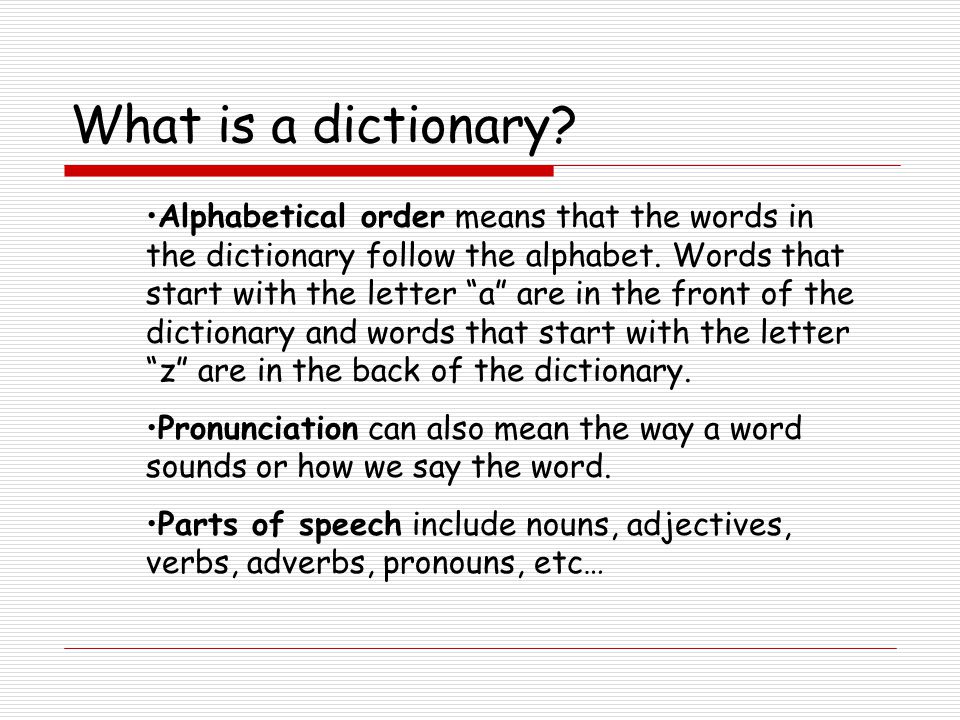
Many of its techniques are also used by ordinary teachers when teaching traditional methods to make it more interesting for children to study. Well suited for creative children and parents, it is not recommended for families where logic and structure come first.
Polyakov's method
Its author came up with 7 steps of learning to read, 70 lessons in total. Each lesson is detailed. They are held in the form of a game, take no more than 10 minutes. Stages 1 and 2 are the study of letters, warehouses, reading in warehouses.
Sergei Nikolaevich Polyakov himself, unfortunately, is no longer alive, but his work was continued by his son, as well as teachers who practice this method. If you wish, you can purchase books that describe in detail how to conduct classes, as well as video files with examples of classes.
Creative exercises
To reinforce the acquired knowledge, it is useful to conduct creative activities. For example, you can make a beautiful alphabet together.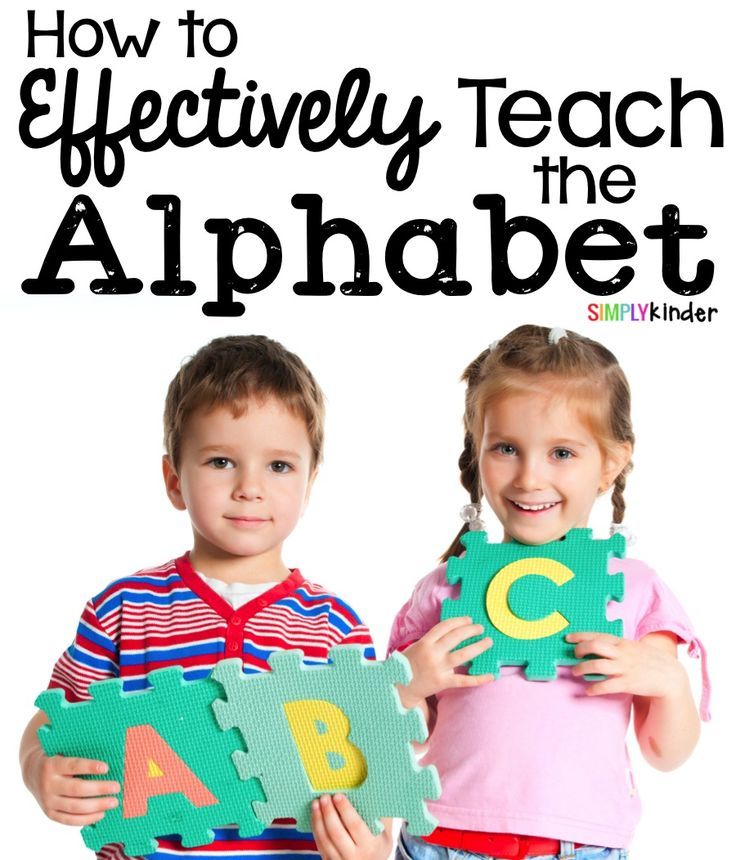 We studied the letter - cut it out of cardboard. It is better to choose a dense material. If it is difficult for the baby, you can help him, and the child will decorate - attach beads, groats, sequins, beautiful fabric, etc. to it.
We studied the letter - cut it out of cardboard. It is better to choose a dense material. If it is difficult for the baby, you can help him, and the child will decorate - attach beads, groats, sequins, beautiful fabric, etc. to it.
When you have collected the entire alphabet, you can decorate the children's room with it by connecting the letters into garlands, or hang it on the Christmas tree instead of toys. You can cut out paper blanks for letters, and the child must fold the whole letter from these parts.
Preschoolers love to draw and color. You can buy coloring books with letters, he will color them and remember what kind of letter it is. Or ask him to draw with felt-tip pens on paper, with chalk on a blackboard what you have already studied. But at this age, children should not be taught writing, this should be done by teachers in elementary school. The only thing you can teach your baby is to write in block letters.
If you are baking pies, ask your child to make familiar letters out of the dough.